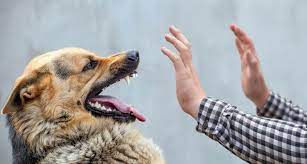
Infection Prevention and Control – COVID 19 Context
At the end of the course, the participants will get knowledge updates regarding infection control practices in the COVID 19 Pandemic context and develop a positive attitude in practising that knowledge in various practice settings.
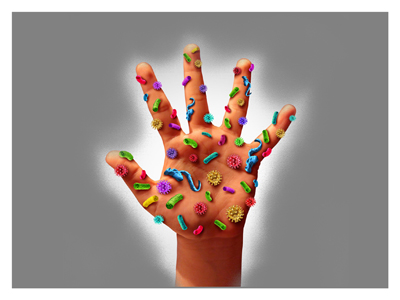
Communicable Disease, Prevention and Management : Public Health Aspect
Communicable diseases are identified as the major threat to the public health in India. Kerala is the state which effectively manage the different public health issues especially communicable disease including different emerging and remerging diseases. Communicable diseases are illnesses caused by viruses or bacteria that people spread to one another through contact with contaminated surfaces, bodily fluids, blood products, insect bites, or through the air. This unit deals with the basic concepts of communicable disease prevention, management and procedure for outbreak investigations.
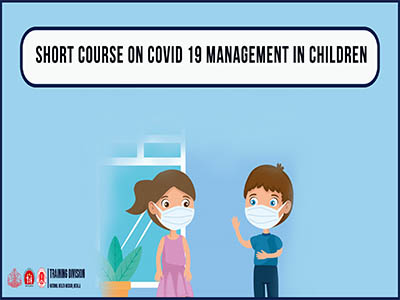
Covid 19 Management in Children
As the state of Kerala is expecting surge pediatric cases of COVID 19 in the current scenario, the health care professionals need to be trained in the management of COVID 19 in children.
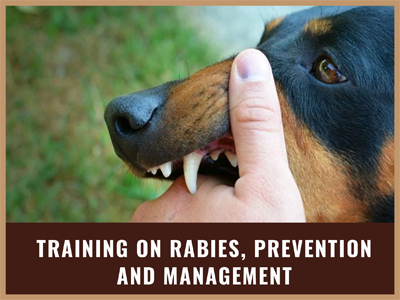
Training on Rabies, Prevention and Management
Rabies is a vaccine-preventable viral disease that occurs in more than 150 countries and territories. Dogs are the main source of human rabies deaths, contributing up to 99% of all rabies transmissions to humans. Interrupting transmission is feasible through the vaccination of dogs and prevention of dog bites. Rabies is present on all continents, except Antarctica, with over 95% of human deaths occurring in the Asia and Africa regions. Rabies is one of the Neglected Tropical Diseases (NTD) that predominantly affects poor and vulnerable populations who live in remote rural locations. Approximately 80% of human cases occur in rural areas. Although effective human vaccines and immunoglobulins exist for rabies, they are not readily available or accessible to those in need. Globally, rabies deaths are rarely reported and children between the ages of 5 to 14 years are frequent victims. The sessions in this course take the participants through rabies clinical management, care points in animal handling, and a rabies control program aspect.

Acute Diarrhoeal Disease and Oral Rehydration - KSIHFW
The course aims to provide information regarding the Control of diarrheal disease programme and oral rehydration therapy. The session will be helpful to create health awareness among health care staff and for providing health education to the public, patient counselling, Clinical identification and classification of Acute Diarrheal Disease and its management. The discussion also covers major questions asked about acute diarrheal disease and oral rehydration therapy.

Health care associated infection (HAI) - KSIHFW
Healthcare-associated infections (HAI), also known as nosocomial infections, are infections that patients acquire while receiving healthcare. These infections can be acquired in hospitals, long-term care facilities, outpatient clinics, and other healthcare settings. HAIs can be caused by a variety of microorganisms, including bacteria, viruses, and fungi. Some of the most common types of HAIs include surgical site infections, bloodstream infections, pneumonia, and urinary tract infections. There are several factors that can contribute to the spread of HAIs, including poor hand hygiene, improper use of antibiotics, inadequate sterilization or disinfection of medical equipment, and overcrowding or understaffing of healthcare facilities. Preventing HAIs requires a multifaceted approach that includes strict adherence to infection control practices, proper use of antibiotics, adequate staffing and resources, and ongoing surveillance and monitoring of infection rates. Patients can also play a role in preventing HAIs by practicing good hand hygiene, being aware of their risk for infection, and advocating for their own safety and well-being.
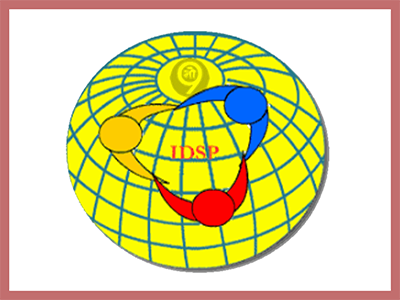
Integrated Disease Surveillance Programme (IDSP) - KSIHFW
The Integrated Disease Surveillance Programme (IDSP) is a comprehensive disease surveillance program implemented by the Government of India in 2004 to strengthen the country's disease surveillance and response system. The program aims to detect and respond promptly to outbreaks of various diseases, including communicable and non-communicable diseases. It operates at both the national and state levels and is supported by a network of surveillance units and labs across the country. The IDSP collects data on disease patterns and outbreaks from various sources, including health facilities, laboratories, and community health workers. It also uses innovative technologies such as mobile phone-based reporting and web-based reporting to improve the timeliness and accuracy of data collection and analysis. The IDSP also focuses on building the capacity of health workers and communities to detect and respond to disease outbreaks. It provides training and technical assistance to health workers and community volunteers, and promotes community participation in disease surveillance and response activities. Overall, the IDSP plays a crucial role in protecting the health of the Indian population by detecting and responding to disease outbreaks in a timely and effective manner.

Short course on Nipah virus outbreak
Nipah virus (NiV) is a zoonotic virus, meaning that it can spread between animals and people. Fruit bats, also called flying foxes, are the animal reservoir for NiV in nature. Nipah virus is also known to cause illness in pigs and people. Infection with NiV is associated with encephalitis (swelling of the brain) and can cause mild to severe illness and even death. Outbreaks occur almost annually in parts of Asia, primarily Bangladesh and India. Nipah virus infection can be prevented by avoiding exposure to sick pigs and bats in areas where the virus is present, and not drinking raw date palm sap which can be contaminated by an infected bat. During an outbreak, standard infection control practices can help prevent person-to-person spread in hospital settings.

Major disease causing Mosquito identification
Mosquitoes are small flies belonging to the family Culicidae, which comprises 3,600 species. The term mosquito is derived from the Spanish word mosca meaning fly. These insects have a slender, segmented body, one pair of wings, and three pairs of long, hair-like legs. Their most distinctive feature is their specialized, highly elongated, piercing-sucking mouthparts. At the end of the training program the participants will be able to attain knowledge regarding Major disease causing Mosquito identification and also develops a positive attitude in practicing those things in various practice settings

NIPAH - Update & Management
In September 2024, Kerala, India, faced a Nipah virus outbreak, leading to fatalities and extensive containment measures. The virus, primarily transmitted through bats or human contact, presents flu-like symptoms but can rapidly escalate to severe conditions such as brain inflammation and respiratory issues, with a fatality rate between 40% and 75%. Authorities implemented quarantines and lifted containment zones as several contacts tested negative. No specific treatment or vaccine exists, so management relies on strict surveillance, quarantines, and supportive care.
